Aquafaba… the once proclaimed “liquid gold” of the vegan community… but what is it? How do you make it? How do you use it? All your questions are answered right here!
What is aquafaba?
Aquafaba is a portmanteau of the words “aqua” and “faba” which are the Latin words for “water” and “bean” respectively. So there’s your answer, bean water! When you cook beans, the cooking water absorbs some of the proteins and allows the liquid to imitate qualities of egg whites.
Aquafaba has a whole array of uses from meringues to mousses to dacquoise. You can even make aquafaba mayonnaise! Click here for all my aquafaba recipes!
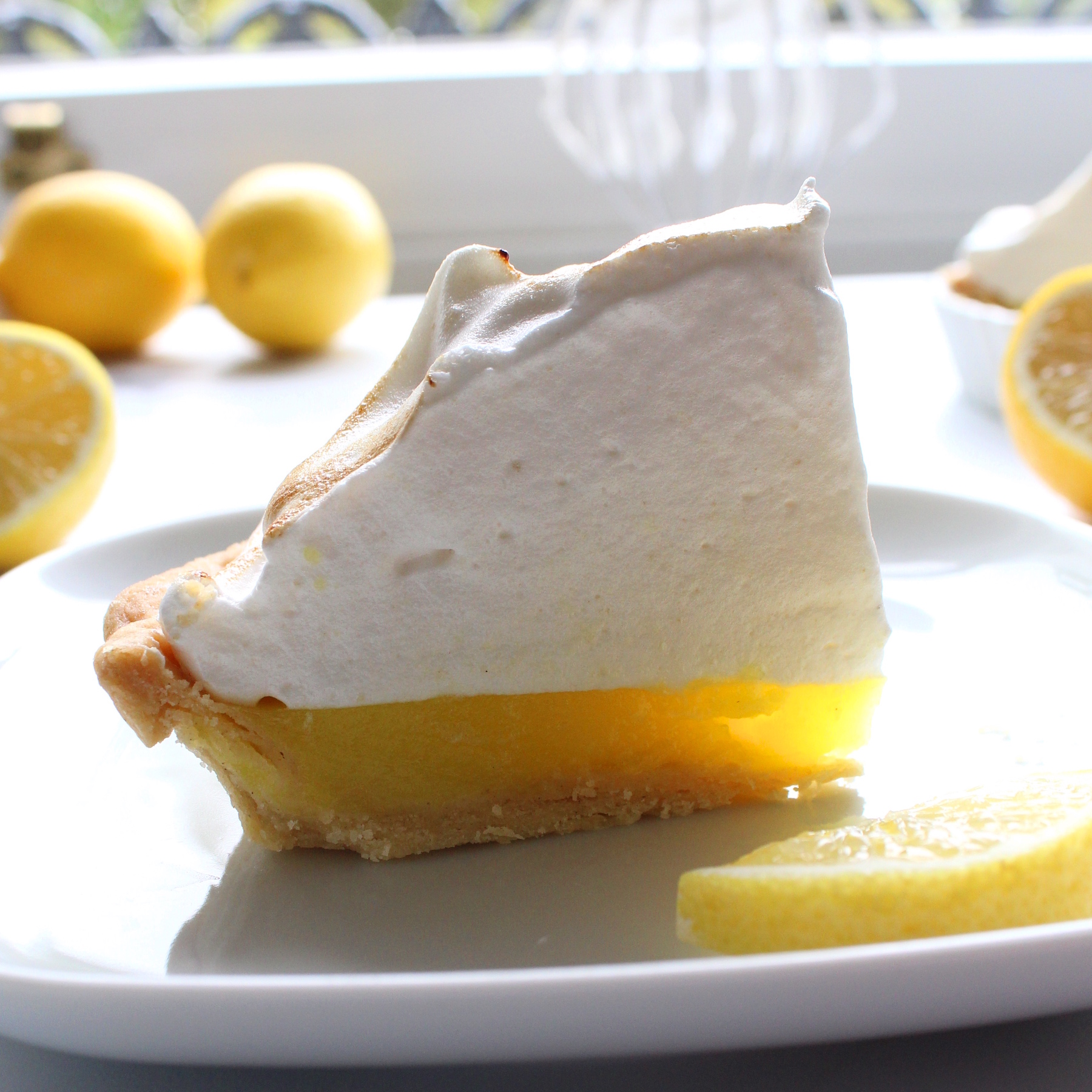
How to make aquafaba or where to find it?
Cans of chickpeas are the common place to find aquafaba but you can use the liquid inside cans of many types of beans such as black beans, cannellini beans or soya beans. Be wary, however, because the potency of aquafaba varies a lot between the different types (and different brands) of cans. You’re looking for liquid that is mildly viscous and not super watery.
You can also make your own aquafaba or buy aquafaba powder. I have personally never made my own aquafaba so I’ll refer to Lazy Cat Kitchen’s guide to homemade aquafaba here!
When using aquafaba powder you simply add 1 tbsp powder to 1 cup (240ml) of water.
Lots of vegan chefs and bakers are currently using potato protein, which functions similarly to aquafaba powder. It is great for industrial kitchens because it can be measured and hydrated accurately, unlike tins of chickpeas that have varying amounts of protein inside.
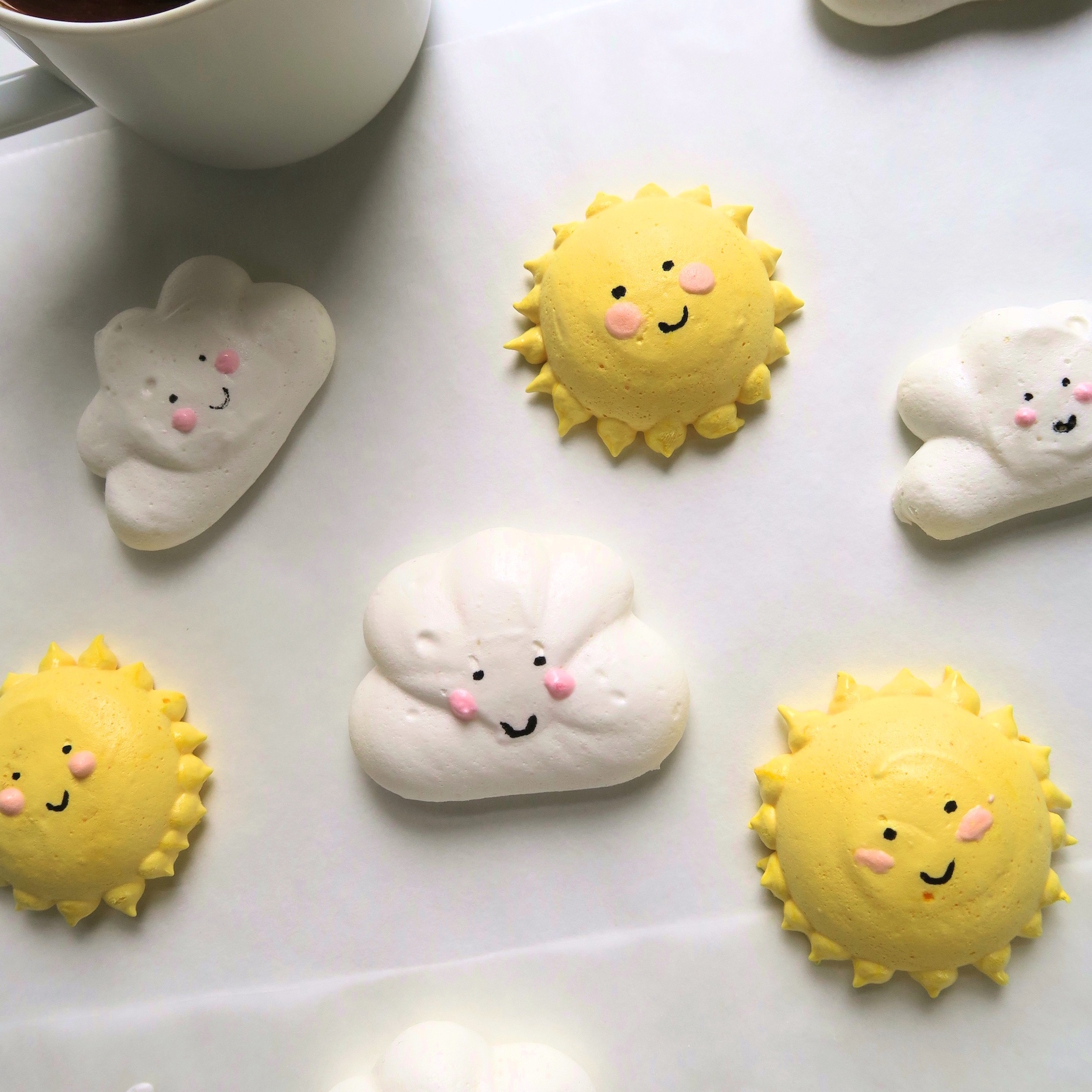
Limitations of aquafaba
Despite appearing to be a miracle answer for vegan bakers, aquafaba is ultimately just water (with a small amount of protein) and therefore falls short in a few scenarios. An easy way to see the problem is to compare how aquafaba would behave when fried like an egg. Unlike egg whites that become solid and flexible, aquafaba would simply evaporate.
Many traditional cake recipes call for egg whites to be folded into the batter to create a light texture. Two examples are chiffon cakes and angel cakes. However, substituting egg whites for aquafaba in these cakes does not work because the aquafaba turns to soup in the oven. It is possible to use aquafaba for these cakes but you have to use stabilisers and starches to keep the batter stable. You’ll find very few vegan recipes for these cakes online because they are exceedingly difficult to imitate without more advanced ingredients.

Preparing aquafaba
To prep your aquafaba you first need to make a judgement call if it is thick enough or if it needs further reducing. Ideally the aquafaba needs to be gelatinous and jelly-like. The closer in appearance to egg whites the better. If your aquafaba is very watery then you’ll likely need to reduce it.
I would recommend getting some kitchen scales because you’ll almost always need exact measurements for meringue recipes and for reducing aquafaba.
A general rule of thumb is to reduce your aquafaba by half. Typically I use 2 cans of chickpeas which, when poured through a sieve, yields ~300-350ml (or grams) of aquafaba. This means I’m aiming for approximately 150ml by the end of the process.
Put the 350ml of aquafaba in a pot on a low heat and bring up to a simmer. Allow to simmer for 10 minutes and then pour the aquafaba into a bowl on the scales and measure to see if it weighs 150g. Add back to the heat if it’s not quite there. Once finished, leave to cool to room temperature. I often stop reducing when the liquid gets to about 155-160g because some water evaporates off when it is left to cool.

A quick lesson on meringue:
Just in case you’re not familiar, here are the 3 different types of meringue:
French
Fine caster sugar is beaten into whipped egg whites (or aquafaba).
Swiss
Egg whites are warmed over a bain-marie with the sugar and then whisked steadily until it cools.
Italian
Hot sugar syrup is poured into whipped egg whites (or aquafaba) until fully incorporated. The sugar syrup is raised to 121C which is called the “hard ball” stage” – this means the sugar solidifies at room temperature to make the meringue sturdier.
These methods are in order of least stable to most stable. French method is for easy recipes like a quick chocolate mousse or meringue kisses. Swiss and Italian are used for buttercreams, marshmallows, etc. Italian is the most stable and is used to top desserts like lemon meringue pie because it can survive being in the fridge (or exposed to air) much longer than the first two methods.
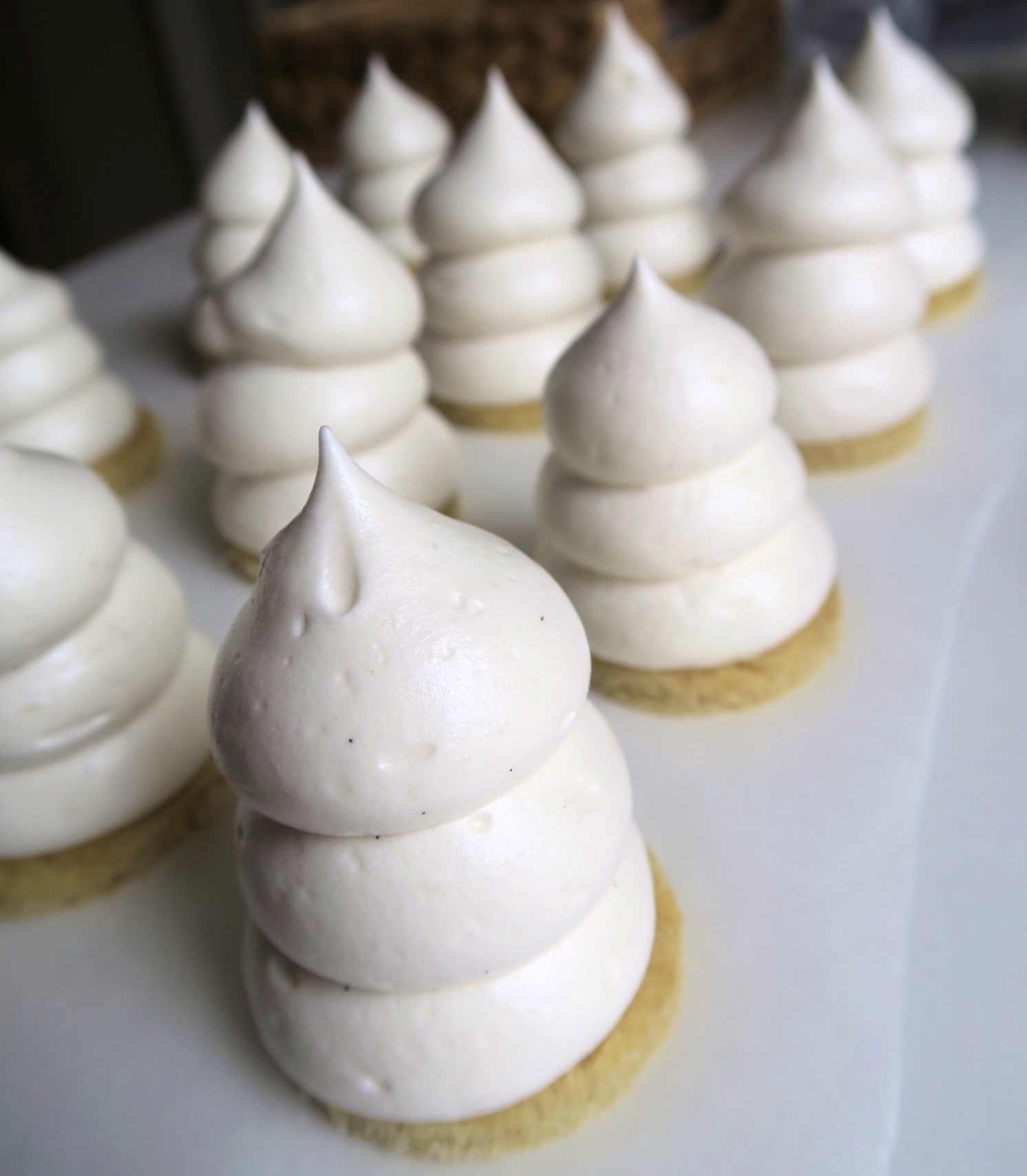
The science
To cut a long story short, the reason meringue is able to hold so many tiny bubbles together is because of the strands of protein in the egg whites (or aquafaba). When agitated, some of the hydrogen bonds in the protein break causing them to “unfold” and create new complex protein structures. It is these structures that trap the air and produce stable foam. If you use aquafaba that is too watery, the foam will not be stable and you may notice some of the bubbles start to pop or aggregate into larger bubbles. This is because there is insufficient protein structure to keep the air trapped and separated.
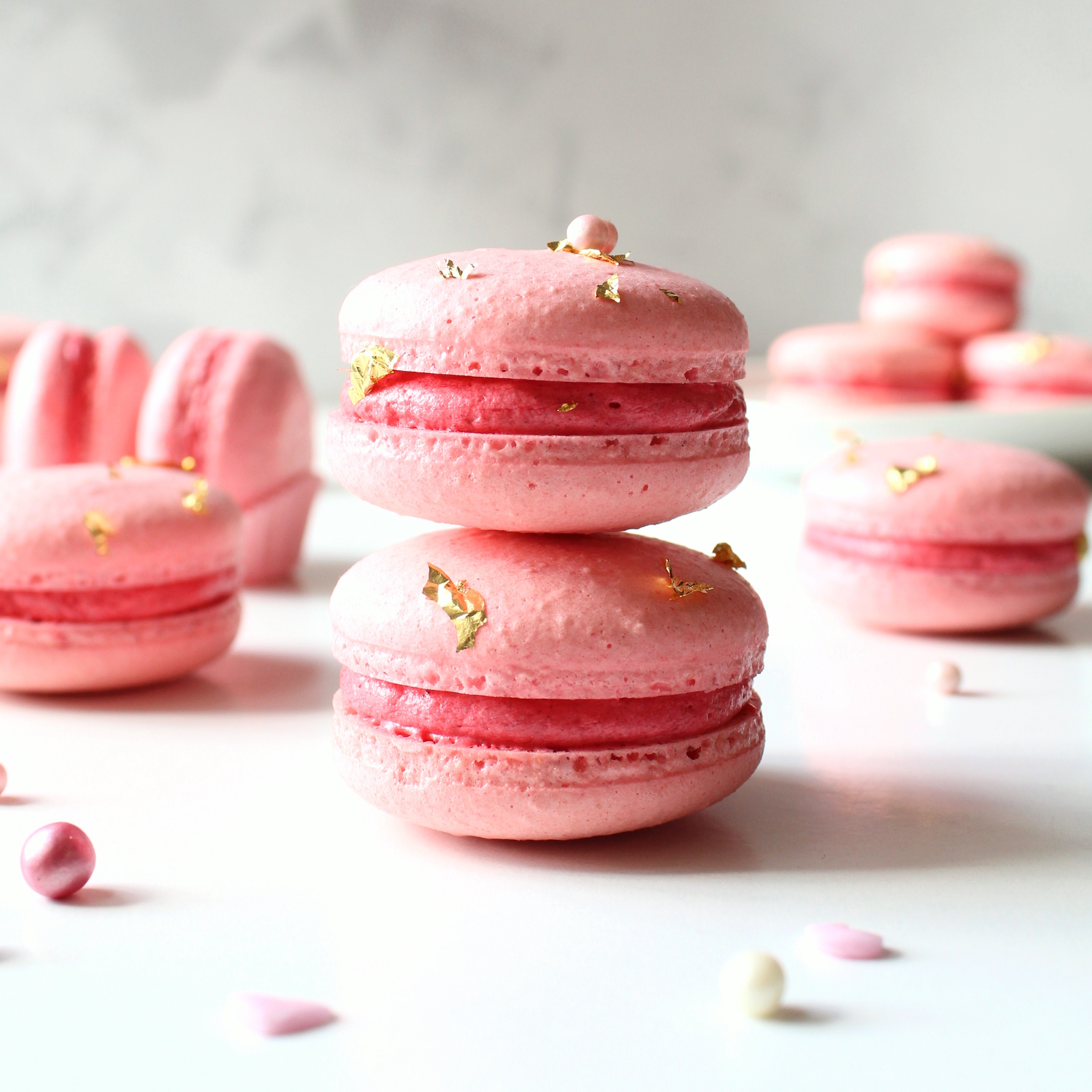
If you’re familiar with meringue you may have heard bakers talk about adding acid to meringue. Acid further helps the proteins unfold and denature so that structure can form. For best foaming and emulsification properties, reduce the pH of the aquafaba to 3.5 using cream of tartar, vinegar or lemon juice. I prefer cream of tartar as it is dry and won’t further dilute the aquafaba. Some bakers do report the cream of tartar leaving a bad taste in the meringue so lemon juice is a more palate-friendly variant!
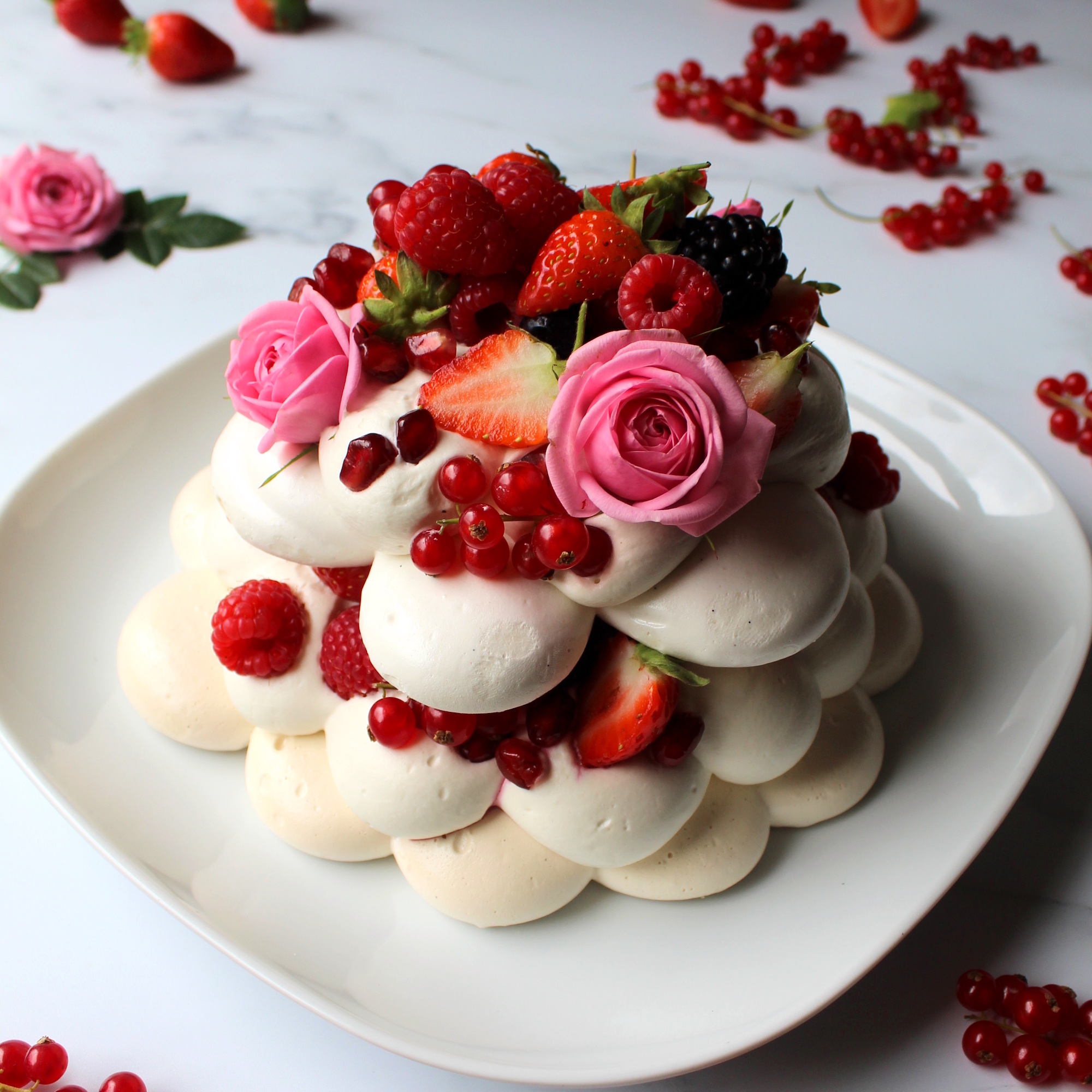
Aquafaba as a binder
You’ll find many recipes online where aquafaba has been used to replace eggs in cakes, cookies, muffins, etc.! These recipes work because aquafaba is a mild binder and can imitate the function of eggs in recipes that call for a small amount of binding. I would only recommend substituting eggs for aquafaba when the recipe calls for 2 eggs or less. Aquafaba may be able to bind the cake a small amount but it provides no fat, no leavening ability and no flavour so it will start to hinder any recipe if these variables are not supported adequately.
You may be asking, how much aquafaba for 1 egg? See below and use these measurements cautiously!
1 whole egg = 3 tablespoons aquafaba
1 egg white = 2 tablespoons aquafaba
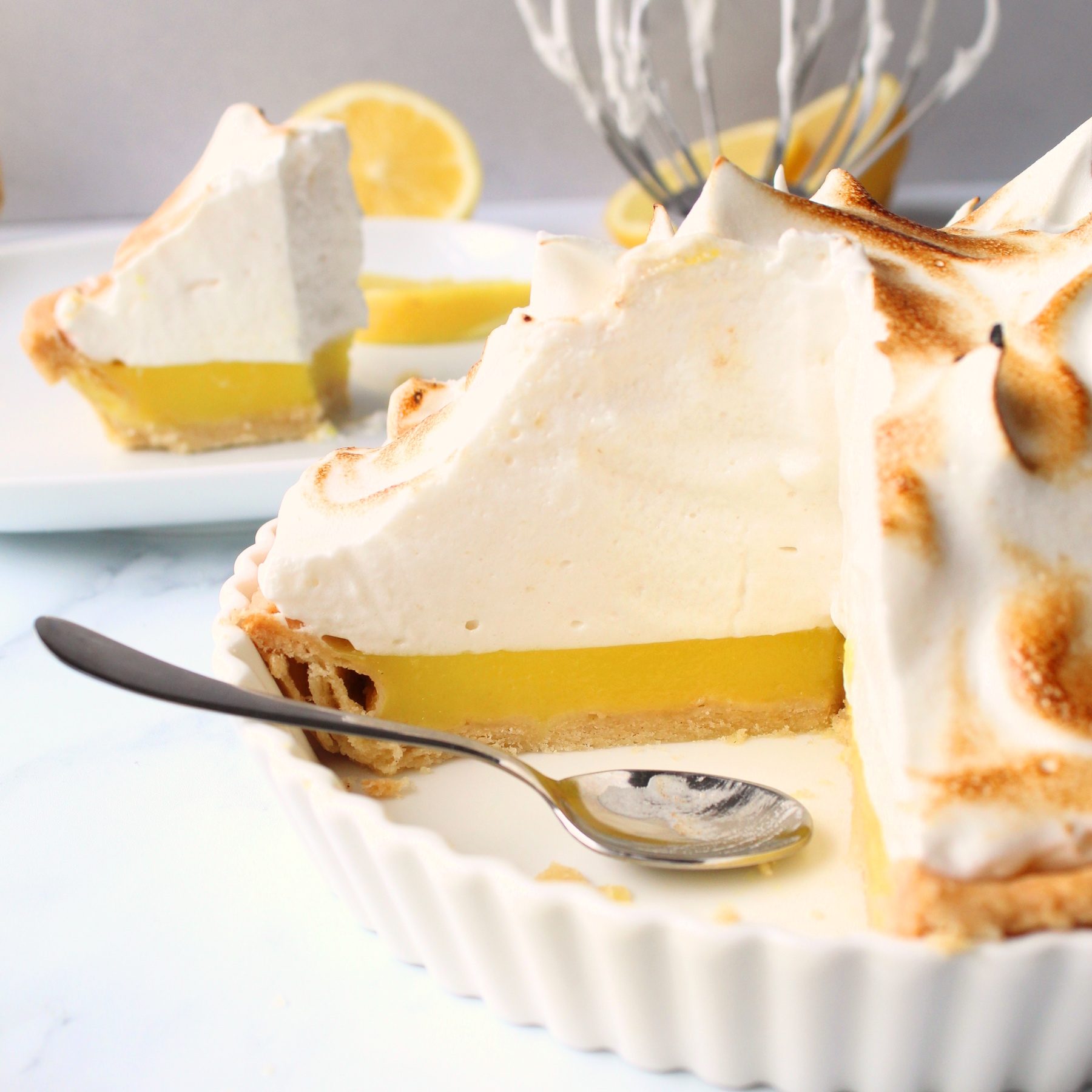
Final tips and tricks:
Sift all your sugars before adding to the aquafaba meringue to avoid clumps. If you’re using cream of tartar, spoon out a small amount of aquafaba and mix it with the cream of tartar separately then add it back in. This prevents the cream of tartar from clumping and getting lost inside the mixing bowl.
You may find that vegan meringue is more hygroscopic than the non-vegan equivalent, i.e. it pulls more water out of the air and can become sticky more quickly. When decorating cakes with meringue kisses it’s best to coat the meringues in chocolate so that they can’t directly pull moisture from the buttercream.

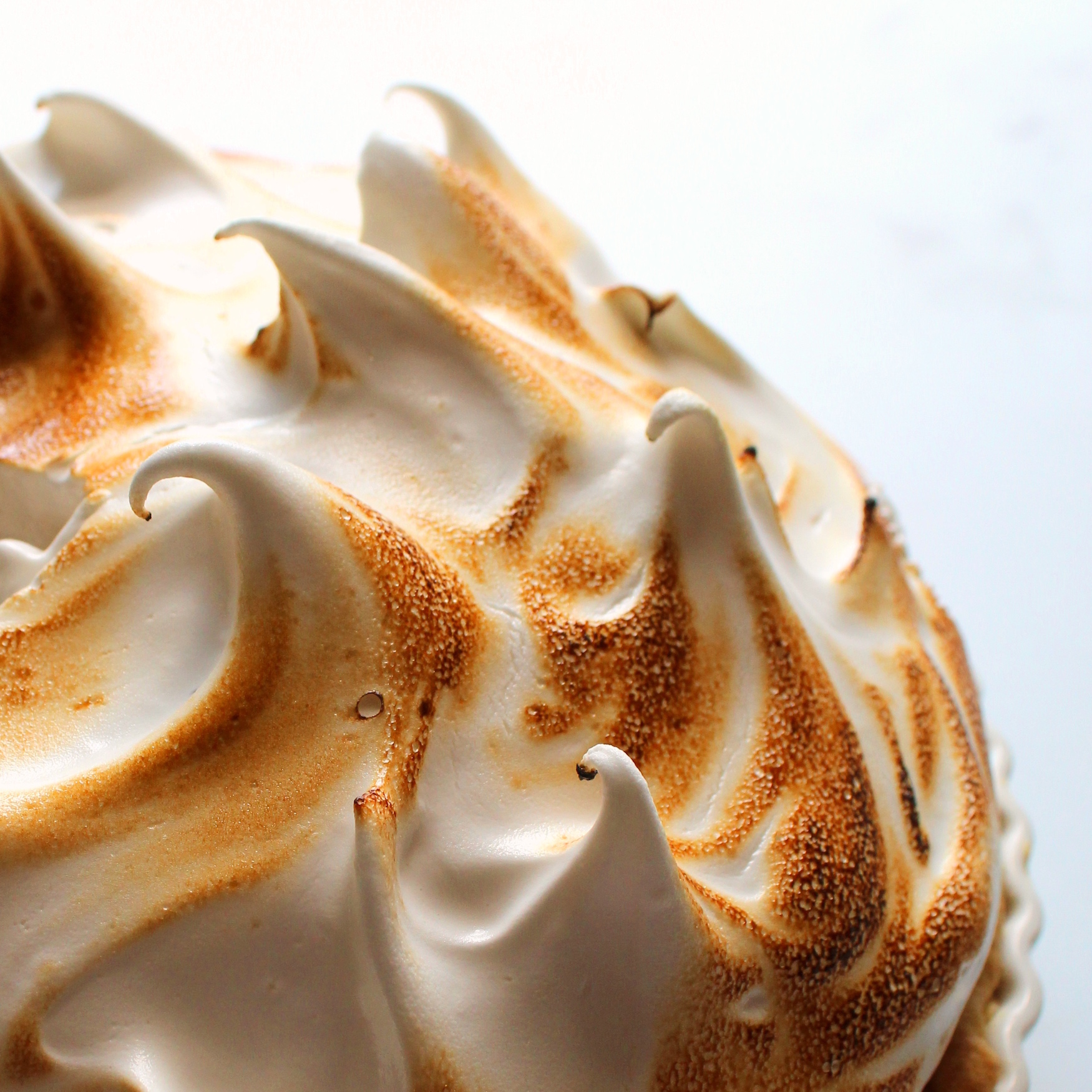
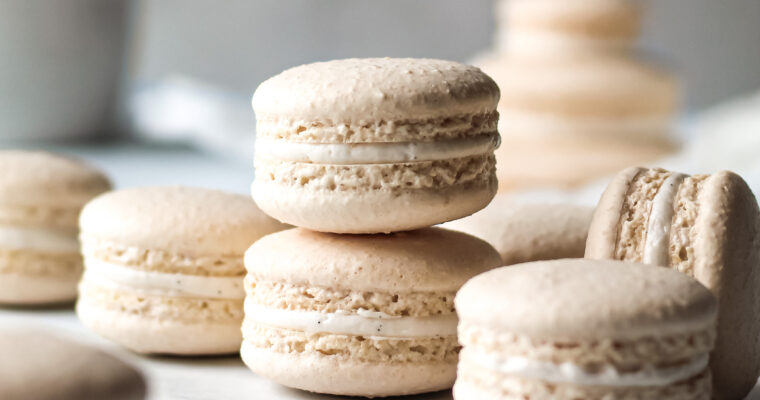

This was such a helpful post! You’ve really done your research and it was a pleasure to read